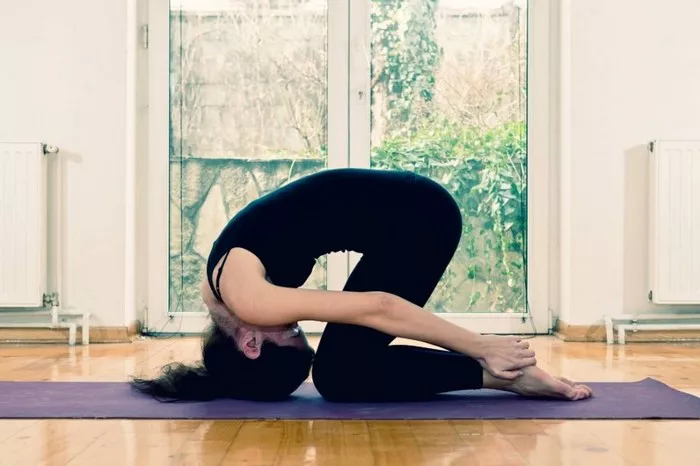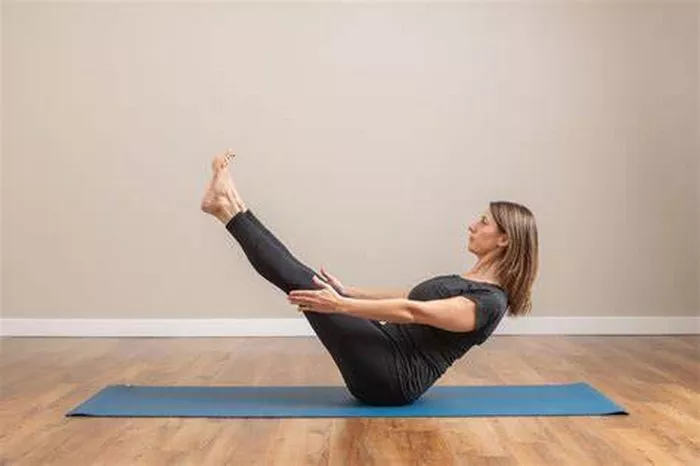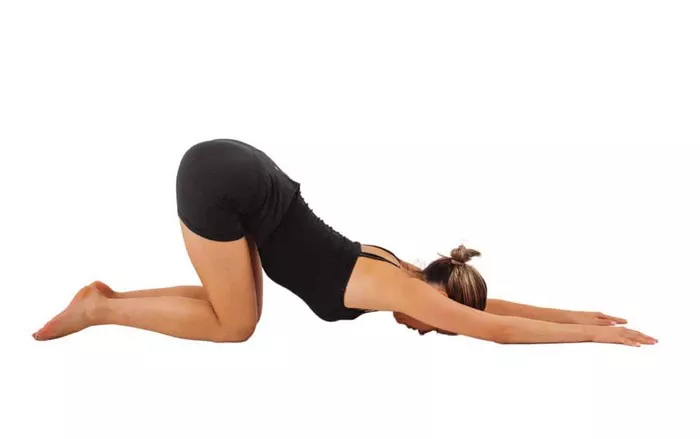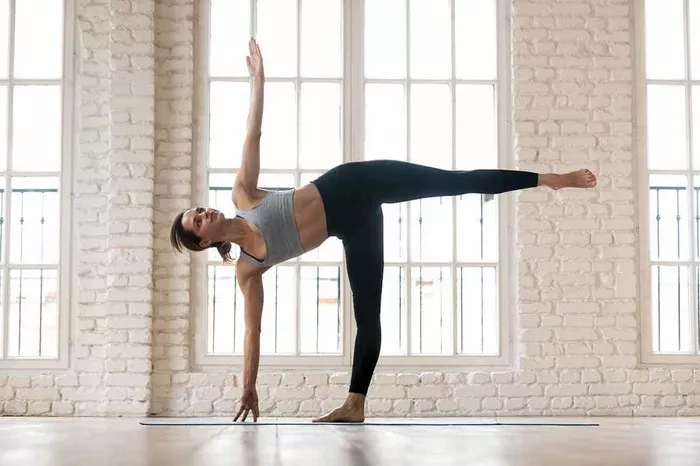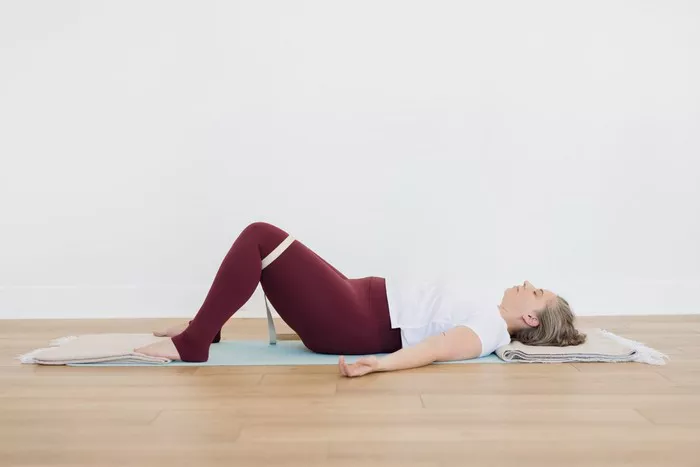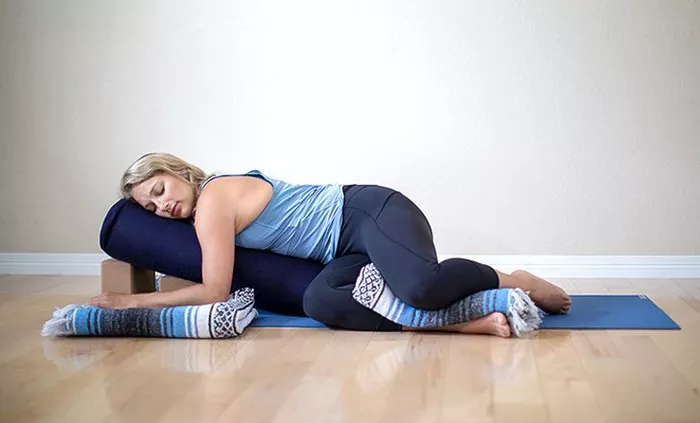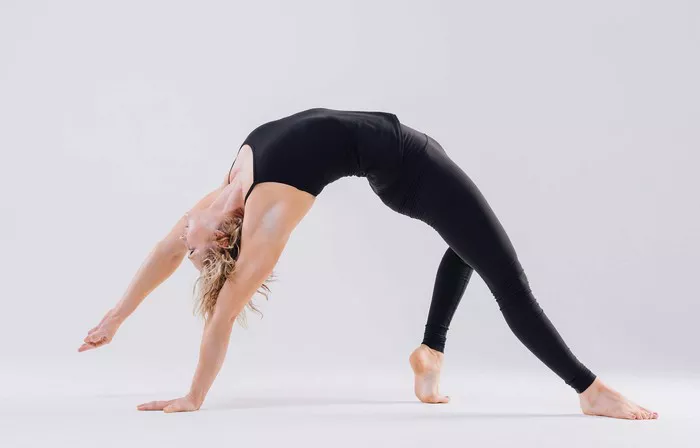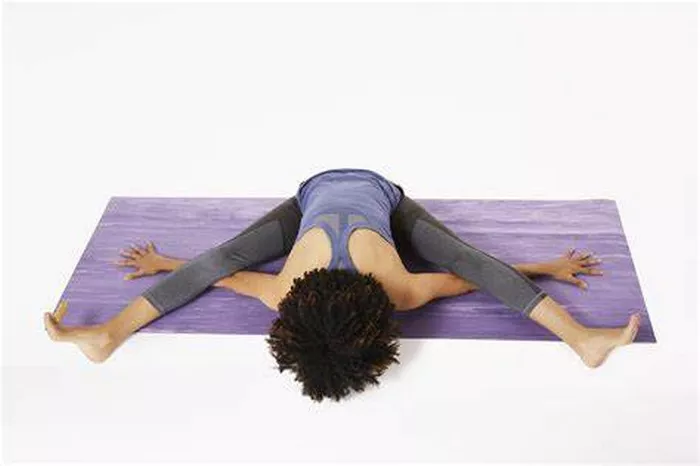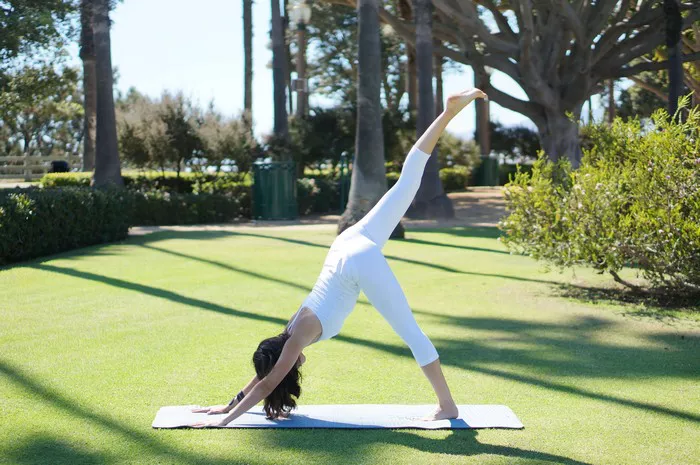Yoga balls, also known as stability balls, exercise balls, or Swiss balls, are versatile fitness tools widely used in physical therapy, exercise routines, and even office environments as alternative seating. These inflatable balls are typically made from durable PVC or latex materials, offering flexibility and resilience under pressure. While their round and bouncy design might suggest a one-size-fits-all approach, yoga balls actually come in various sizes and specifications, tailored to meet different user needs and body types.
The purpose of a yoga ball is to provide an unstable surface that activates the core muscles during workouts or even when simply sitting. The benefits include improved posture, balance, and muscle tone. However, the effectiveness and safety of a yoga ball largely depend on using a ball suited to the user’s body weight and height. Ignoring these factors could compromise the ball’s performance and potentially cause injury.
The Importance of Weight Limits
Each yoga ball is manufactured with a specific weight limit, which ensures that the ball can safely support a user’s body weight without the risk of bursting or deflating unexpectedly. These weight limits are critical for safety and are usually clearly stated on the product packaging or in the manufacturer’s specifications. Understanding and adhering to these limits is essential for preventing accidents and ensuring effective workouts.
Exceeding a yoga ball’s weight limit can lead to over-expansion, material fatigue, or even sudden rupture. This not only poses a physical hazard but also damages the equipment, rendering it unusable. For this reason, beginners must pay close attention to the stated weight capacity when selecting a yoga ball. It’s a small but crucial detail that can significantly impact one’s fitness journey.
How Weight Limits Are Determined
Manufacturers determine weight limits through rigorous testing and quality control processes. These include static load tests, where a weight is gradually applied to the ball to assess its capacity, and dynamic tests that simulate real-life usage, such as bouncing or rolling. The materials used in construction, the ball’s diameter, and the thickness of the PVC or latex all play roles in determining its maximum load.
Typically, a high-quality yoga ball will support a static weight of up to 1,000 pounds (450 kg) but may have a dynamic weight limit of around 250 to 300 pounds (113 to 136 kg). The dynamic weight limit refers to the ball’s capacity under movement, such as bouncing or shifting, which creates more stress than a stationary load. Always refer to the dynamic weight limit when considering a yoga ball for exercise purposes.
Size and Weight Considerations
Yoga balls are available in various sizes, commonly ranging from 45 cm to 85 cm in diameter. Choosing the correct size not only ensures comfort but also contributes to the ball’s ability to support weight properly. The user’s height is a primary factor in selecting the appropriate size, but weight also plays a significant role.
Here is a general guideline for selecting yoga ball sizes based on height:
- 45 cm ball: for individuals 5’0″ and under
- 55 cm ball: for individuals between 5’1″ and 5’7″
- 65 cm ball: for individuals between 5’8″ and 6’1″
- 75 cm ball: for individuals 6’2″ and taller
- 85 cm ball: for very tall users or those who require additional support
While these guidelines focus on height, users nearing the upper weight limit of a ball should consider choosing the next size up or a ball specifically labeled as burst-resistant with a higher weight capacity.
Burst-Resistance and Anti-Burst Technology
Many modern yoga balls come equipped with burst-resistant or anti-burst technology. This feature ensures that if the ball is punctured or experiences a slow leak, it deflates gradually rather than bursting suddenly, which significantly reduces the risk of injury.
Anti-burst yoga balls are often made from thicker, more elastic PVC materials and undergo enhanced manufacturing processes. These enhancements increase durability and allow the ball to withstand higher levels of stress. While these balls may cost more, the added safety and peace of mind they provide are often well worth the investment, particularly for heavier users or those engaging in intense workouts.
Checking and Maintaining Weight Limits
Proper maintenance and regular inspection of a yoga ball are essential for preserving its weight-bearing integrity. Over time, exposure to sunlight, temperature fluctuations, and general wear and tear can degrade the material, potentially reducing the ball’s weight capacity.
To ensure continued safety:
- Inspect the ball regularly for signs of wear, such as cracks, thinning, or sticky spots.
- Avoid over-inflation, as it stresses the material and increases the risk of bursting.
- Store the ball in a cool, dry place away from sharp objects and direct sunlight.
- Replace the ball as recommended by the manufacturer, typically every 12 to 24 months, depending on usage frequency.
Being proactive about maintenance not only extends the life of the yoga ball but also ensures it remains safe and effective.
Choosing the Right Yoga Ball for Your Needs
When selecting a yoga ball, consider your fitness goals, body weight, and the types of exercises you plan to perform. For instance, a person using the ball for light stretching or as an office chair will have different needs than someone using it for intense core workouts or physical therapy.
Checklist for choosing a yoga ball:
- Check the weight limit to ensure it supports your body weight.
- Select the appropriate size based on your height.
- Opt for anti-burst models if you’re concerned about safety.
- Read user reviews and manufacturer details for insights on durability and performance.
- Test the ball if possible, ensuring comfort and stability when seated or exercising.
A thoughtful selection process can help you get the most out of your yoga ball, enhancing both safety and effectiveness.
Common Myths About Yoga Ball Weight Limits
There are several misconceptions surrounding yoga ball weight limits that can mislead beginners. One common myth is that all yoga balls can support any body weight because they are inflatable. While the material is stretchable, it has its physical limits, and overestimating those limits can lead to accidents.
Another misconception is that bigger balls always support more weight. In reality, size alone doesn’t determine a ball’s weight capacity. The thickness and quality of the material, construction method, and included safety features are far more critical in determining how much weight a yoga ball can handle safely.
Practical Tips for Safe Use
Using a yoga ball safely begins with adhering to its weight limit, but several other practices can enhance safety and performance:
- Use the ball on a non-slip surface to prevent rolling or slipping.
- Avoid sharp objects and rough surfaces that could puncture the ball.
- Inflate the ball to the correct pressure, not too soft and not overly firm.
- Warm up before engaging in intense exercises, as this prepares your muscles and reduces strain.
- Maintain good posture, especially when using the ball as a chair, to avoid strain or discomfort.
These simple yet effective tips can make a significant difference in your overall experience with a yoga ball.
Conclusion
Understanding the weight limits of yoga balls is crucial for both safety and performance. These versatile tools offer a range of benefits, from improved core strength to better posture, but only when used correctly. By selecting a ball that matches your weight, height, and intended use, you can enjoy the full benefits while minimizing risk.
Always consult product specifications, choose high-quality, anti-burst materials, and practice good maintenance habits. With the right knowledge and approach, a yoga ball can become an invaluable part of your fitness or wellness routine. For beginners, this guide serves as a foundational resource for making informed and safe choices.
Related Topics:

